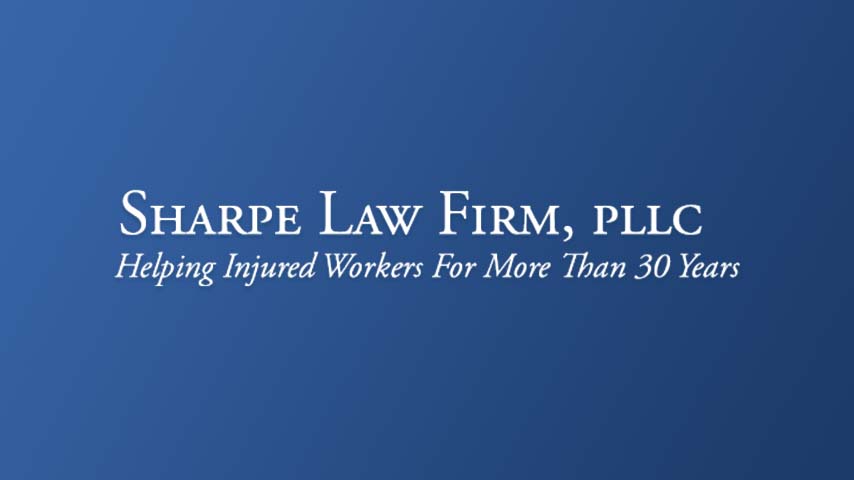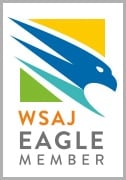Personal Injury Claims in the Workplace:
According to the Occupational Safety and Health Administration (OSHA), nearly 6.5 million employees work at 252,000 construction sites across the nation on a daily basis. Construction work is naturally very hazardous and can result in devastating injuries if workers are not protected. Due to the high-risk nature of construction work, employees may need to make a workers’ compensation claim or a personal injury claim if they are injured on the job. In some cases, they may need to make both types of claims.
What are some common construction site injuries?
- Falls from heights – Construction workers are constantly required to work from heights or elevated areas that may be unprotected. Work may occur on scaffolding, ladders, scissor lifts, or window ledges, to name just a few examples. Falls that occur from an elevation can cause devastating injuries. After a fall, a prompt investigation needs to occur. Below are some of the questions which you should consider:
-
- Was there a failure to install a hand or safety rail at the site?
- Was fall protection not provided to workers, even though local, state, or federal regulations required protection?
- Was there an unprotected ditch or hole?
- The cause of the fall must be determined promptly so that the party responsible for causing the injury can be identified and you can make a proper claim against them.
-
- Trips and falls due to holes and sloppy housekeeping – Unkempt work sites, debris, holes, and uneven surfaces are common hazards on construction sites. Unfortunately, these hazards often cause serious injuries due to trips, slips, and falls.
- While tripping on a job site can be embarrassing, it is important to document the conditions at the job site as soon as possible after the fall. By documenting the exact conditions at that point in time, you can support your claim for injuries. It is also important to find witnesses who saw the conditions when you were injured and have them write a statement. First and foremost, make sure you immediately notify your foreman of an injury and anybody else on site that keeps records of jobsite injuries.
- Trench accidents/collapses – Trench collapses occur when full precautions are not taken and rules are broken while digging or working within trenches. Trench collapses can cause serious injuries to construction workers, including death. Accidents typically happen when companies take short cuts and fail to shore up the sides of a trench. If you or a family member has been involved in a trench collapse, then a prompt investigation must occur to determine who was responsible for building the trench as well as ensuring project safety.
- Equipment-related Maintenance/Inspection Issues –Heavy construction equipment such as forklifts or man-lifts are dangerous if maintained improperly. If equipment is not properly maintained or regularly inspected for safety, the equipment can malfunction and cause injuries. Even if the equipment belongs to your employer, it is possible that another entity is responsible for its maintenance. If the other entity failed to keep the machinery running properly, they can be sued for negligence.
- Equipment Related Product Liability Issues – If construction equipment is defective in some way, serious injuries can occur. This can result in a product liability claim. In this situation, it is possible to sue the manufacturer of the product.
-
- Defective Warning: Injuries commonly occur due to the improper use of heavy machinery, and this can happen when proper guarding of the machinery is not provided or proper warning and instruction labels are not provided. Additionally, the machine manual or product decals can be insufficient to warn you of potential hazards.
- Design or Manufacturing Defects: Injuries can also occur if a machine is poorly designed or came out of the factory with a manufacturing error.
- Accidents related to inadequately maintained equipment and product liability issues are often very complicated. In these situations, you will need to have an attorney investigate the condition of the machine that caused your injury and pursue damages on your behalf.
As a construction worker, how am I protected in Washington State?
In Washington, the Washington Administrative Code and Washington Industrial Safety and Health Act (WISHA) are state guidelines that can help ensure the protection of construction workers. A sampling of the site requirements are listed below, but there are many more in addition to these few examples:
- Proper railings are required on elevated work areas;
- Proper markings are required for unsafe conditions and hazards;
- Proper coverings are required for holes on a jobsite; and
- Proper shoring of trenches is required.
Whose responsibility is it to keep me safe on a jobsite?
It is the responsibility of your employer to ensure that the workplace meets safety requirements as set out by local, state, and federal regulations. Additionally, it is the responsibility of the General Contractor to make sure that the jobsite is safe for all workers on the site, including the employees of other subcontractors. This may include you!
If I work for the General Contractor on a jobsite – can I sue them?
The quick answer to this question is no. You cannot sue your employer in Washington State as your direct employer has “immunity” from a lawsuit. In this situation, immunity means that your employer cannot be sued, even if they caused the accident. However, there may be another entity or individual who is at fault for your injuries, who is not your employer, depending on the facts of your case, which may be sued.
Can I sue for injuries if I also have a claim with L&I?
The quick answer to this question is yes, although it will depend on your case. While you cannot sue your employer if they are at fault, you still have the right to make a claim against other entities that may have caused or contributed to your injuries on a jobsite. It is important to investigate all potential at fault parties who may have caused your injury in order to evaluate if a claim can be made against them for your losses.
What should I do if I have been injured on a construction site?
If you are a construction worker and have experienced an injury on a construction jobsite, you will have a workers’ compensation claim through L&I but may also have a third-party claim against the individual or party who caused or contributed to your injuries. Workers’ compensation lawyers and personal injury lawyers will work hand-in-hand to help you navigate the legal process. This means ensuring that your medical bills and wage loss are paid promptly through the Workers’ Compensation System, and helping you with your injury claim and getting monetary compensation for your injuries, pain and suffering, and future losses against the at-fault parties. Worker’s compensation payments occur up front, but personal injury payment/recovery occurs at the end of your case.
Is there a time limit to sue for my injuries?
Yes, you must pursue your personal injury claim in a timely manner. In Washington State, personal injury claims have a three year statute of limitations (also known as an “SOL”). This means that you have three years from the date you were injured to either settle your case or file a lawsuit in Washington State. If your workplace injury occurred elsewhere, in Idaho or Oregon, for example- it is important to note that other states may have shorter or longer statutes of limitations for personal injury claims. Do not delay in contacting an attorney well before the SOL date.
Remember that there will be different statute of limitations for a Labor and Industry claims. You must file your Labor and Industry claim within one year from the date of injury and if you have an occupational disease, you must report it to the Department within two years of notice. You should consult with a Labor and Industry attorney to ensure you timely file.
How should I get more information about legal assistance?
You can contact any attorney at GLP for a free consultation about your construction jobsite accident. Our attorneys can help answer your questions and can determine if you need to hire an attorney to help you navigate your workplace personal injury claim.
About the Author: Cydney Campbell Webster has handled construction cases for her entire 28 year career at GLP. You can read more about her and her legal career with GLP here: https://www.glpattorneys.com/attorneys/cydney-campbell-webster/










